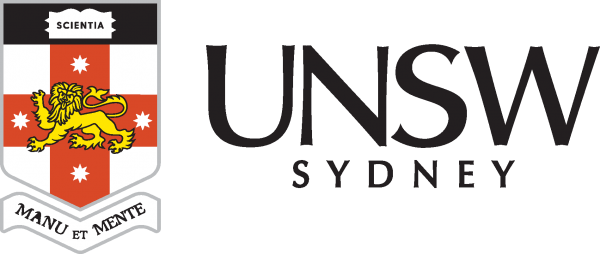Expert At University Of New South Wales Honoured With Cell Biology Fellowship
The ASCB has admitted UNSW Sydney Professor Peter Gunning as a Fellow for his expertise in advancing cell biology and its impact on clinical medicine and pharmacology.
“There are very few non-US Fellows of the ASCB and so I take this as validation of how our research here in Australia is regarded by the cell biology community in the USA,” Prof. Gunning said.
“It reflects very well on the work UNSW Professor Edna Hardeman and I have done here and is recognition of the contribution of our staff scientists, the students and postdocs who have worked with us over many years.”
Leading society in cell biology
The ASCB is an international organisation of biologists studying cells to advance scientific discovery, advocate sound research policies, improve education, promote professional development, and increase diversity in the scientific workforce.
Prof. Gunning said he became a member of the ASCB when he was residing in the USA. In his role as an Australian ambassador for the ASCB, he provided insight into local research opportunities.
“The ASCB is one of the largest biological science societies and is the cell biology society for the international community,” Prof. Gunning said.
“It is a very effective way of staying connected with new developments and presenting your new work to the international community.”
Professor Sean Emery, Acting Dean of UNSW Medicine & Health, congratulated Prof. Gunning on being admitted as an ASCB Fellow.
“This ASCB Fellowship is a fantastic recognition of the work and impact of Prof. Gunning, as a true leader in his field of cell biology both in Australia and internationally,” Prof. Emery said.
Studying the cloning of cells
Prof. Gunning said his research has focused on how a core building block called actin and its associated regulator, tropomyosin, control the structure of cells. He travelled to the USA after completing his PhD to study the regulation of building nerves and muscles. The cloning of genes was new, and Prof. Gunning spent seven years cloning the different building blocks of cell architecture and then using them to understand how they are regulated as cells undergo shape changes.
“The key conclusion is that every gene has a unique program of regulation which ran in the face of expectations. It was not operating like a light switch, and you turn on batteries of genes by the flick of a switch. This was done with my collaborator and life partner, Prof. Hardeman, who was working in a collaborating laboratory at Stanford University,” Prof. Gunning said.
Since returning to Australia, the pair has set up collaborating labs at the Children’s Medical Research Institute, Children’s Hospital at Westmead and then UNSW.
“We discovered that the different tropomyosin regulators define the function of individual filaments which led to the realisation that just like bacteria and plants, each different filament type has a specialised role. It is like making girders for buildings with different mechanical properties and that gives you extraordinary flexibility in picking and choosing the right filament for each job,” Prof. Gunning said.
Prof. Gunning has had a long tenure at the University as Associate Dean (Research) for UNSW Medicine & Health in 2013, Head of School of Biomedical Sciences in 2015 and Acting Dean of Medicine & Health in 2016.
“The focus of our research at UNSW has increasingly been identification of the roles of the different tropomyosins, development of tropomyosin targeting drugs and commercialising them through a spin-out company we formed as a lead partner in a Cooperative Research Centre Project,” Prof. Gunning said.
“This has been an exciting experience for us but also quite challenging. Our drug target is unconventional and required thinking about drug development in an unconventional manner.”

